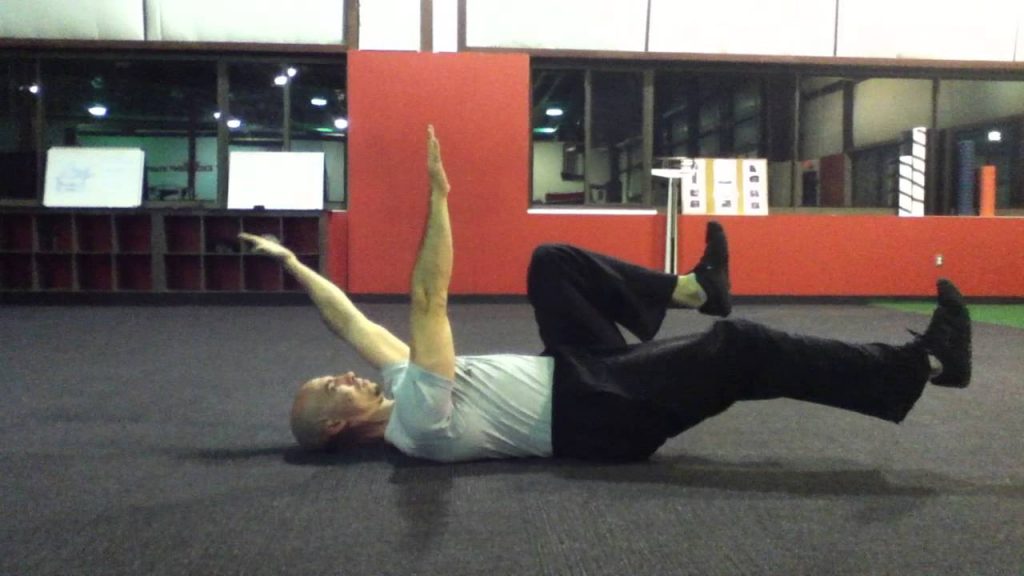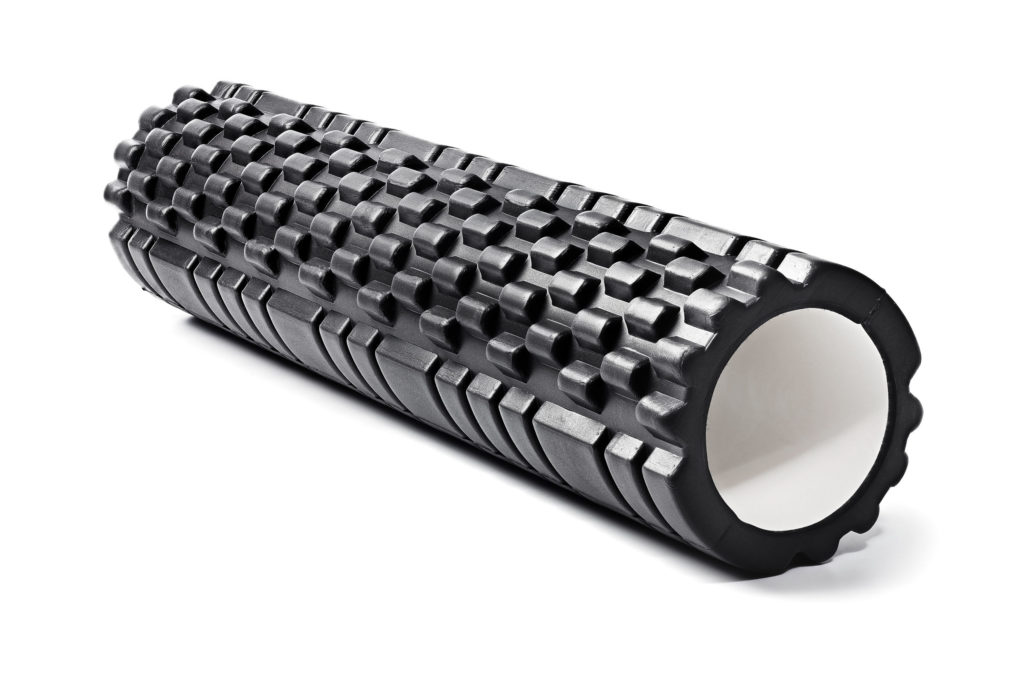I don’t say this lightly.
I am IronmanDeadbugs are underrated and you need to be doing more of them.
I believe they’re as important and integral of an exercise to your success in the weight-room as squats, deadlifts, or just about any barbell lift you can think of.
In fact, I’d go so far as to say “the more deadbugs you include in your training (and the more proficient you get at them), the higher the likelihood you’ll see improvements in all your lifts.1

Deadbugs Are About as Exciting as Listening to Bobcat Goldthwait Narrate 50 Shades of Grey
As much as I’m a fan of deadbugs I get why most people tend to roll their eyes when they come up in conversation.
Client: “I’m so excited to get started on my new program. What are we doing today?
Me: “We’re starting off with some deadbugs and then…..”
Client (cue tossing of shade):
I’ll admit deadbugs aren’t super exciting to perform and there are many, many things clients/athletes would likely rather perform:
- High rep squats.
- Fran
- A colonoscopy
But since when does exercising have to be exciting or sexy? While I can appreciate there should be some form of “give and take” with regards to what I feel clients need to do and what they want to do, I have yet to come across anyone – regular Joes and Janes alike to professional athletes – who haven’t benefited from more deadbugs being peppered into their program.
The ability to stabilize and maintain a “neutral” pelvis/spine while simultaneously moving the extremities has a profound effect on one’s ability not only reduce the incidence of injury, but to also improve performance.

NOTE: For more of the what, why, and how’s on the topic I’d encourage you to read THIS quickie article I wrote a few years ago, in addition to THIS one which shows off a few solid progressions.
Learning to perform a deadbug correctly is step #1 (check out the links above), and not coincidentally provides a profound degree of respect people tend to lack towards the exercise.
Actually, screw it, lets press the pause button.
Watch this short video which details mistake #1 when it comes to deadbug execution:
It’s a lot harder than many think.
Another aspect not fully appreciated is the adaptability and “scaling” of the exercise which exists. The deadbug can seamlessly be regressed or progressed to fit the needs, goals, and ability level of the individual.
To that end here’s a nice progression I went over this past weekend while in Vancouver/Victoria teaching my Coaching Competency Workshop.
Deadbug Floor Press
Who Did I Steal It From?: I actually learned this variation a few years ago when I was speaking in London during one of my hands-on breakouts. I had all the trainers in attendance try a few of my variations, and as we had a little more of a back and forth dialogue this badboy made an appearance.
What Does It Do?: All of the benefits of a regular, vanilla deadbug (improved core stability, lumbo-pelvic control, anterior core activation, cueing “canister” position), but less instance of someone wanting to throw their face into a cement floor from boredom.
It’s a deadbug, but a little more “meatheady” and athletic.
Key Coaching Cues: Do NOT lowball the exhale. If you didn’t already, please watch the first video above which breaks down what a full exhale should look like.
Some other minor stuff I didn’t go over in the video:
- When pressing (especially with a KB) make sure your knuckles point towards the ceiling. This will help reduce excessive wrist extension.
- If need be, you can also decrease the lever of the move by bending the knee of the moving leg, and perform more of heel tap.
- When the full exhale is complete and the leg is fully extended, try to let the leg “hover” for a 2-3s count before you return back to the starting position with an inhale.
- I shot this video on June 5th. It was 55 degrees outside. WTF mother nature.




